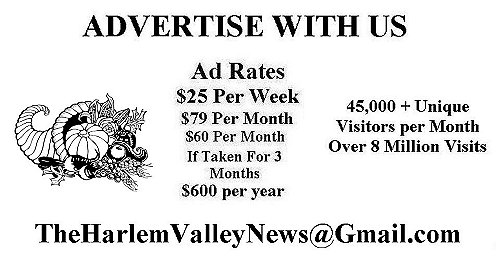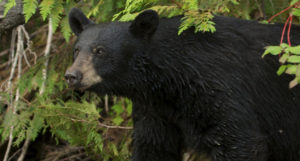
Early Bear Hunting Seasons Open
Bear Hunting Season Opens Sept. 7 in Portions of Southeastern New York and Sept. 14 in Northern New York
New York State Department of Environmental Conservation (DEC) Commissioner Basil Seggos today announced that black bear hunting seasons open this weekend in the southeastern part of the state and next weekend in the north country.
“New York’s early bear hunting seasons are not only a great way to help us manage black bear populations across the state, early seasons also offer hunting and outdoor enthusiasts an excellent opportunity to enjoy late summer outings going afield,” Commissioner Seggos said.
In southeastern New York, the early bear season runs from Sept. 7 to Sept. 22 in Wildlife Management Units (WMUs) 3A, 3C, 3H, 3J, 3K, 3M, 3P, 3R, 4P, and 4R. The early bowhunting season for bears will open in all of the Southern Zone on Oct. 1, followed by the regular firearms season beginning Nov. 16.
In northern New York, the early bear season runs from Sept. 14 to Oct. 18 in WMUs 5A, 5C, 5F, 5G, 5H, 5J, 6C, 6F, 6H, and 6J. Bowhunting season for bears also begins on Sept. 14, in the other Northern Zone units (WMUs 6A, 6G, 6K, and 6N). Muzzleloader season then opens in all northern WMUs on Oct. 19, followed by the regular firearms season for bears on Oct. 26.
During the early season, bear hunters may use a bow (with appropriate bowhunting eligibility), crossbow, muzzleloader, handgun, shotgun, or rifle (where allowed). Because of the likelihood of warm weather, bear hunters should be prepared to skin and cool harvested bears as soon as possible to protect the quality of the meat. Hunters may opt to skin and quarter the bear in the field, then pack out the meat in game bags to a waiting cooler of ice. From roasts, stews, burger, and sausage to barbequed ribs, bear meat makes excellent table fare. Hunters may also consider rendering bear fat into grease or lard, which is a great oil for cooking or baking and can be used to waterproof leather or to lubricate patches for muzzleloading.
The early bear hunting season is a critical tool for wildlife managers to control bear populations. Bears are feeding heavily this time of year, gorging on wild nuts, berries and apples and, frequently in corn fields, as well. Hunters can increase their odds of finding a bear by keying in on concentrated natural food sources.
Hunters are required to report their bear harvest within seven days, and DEC also encourages hunters to submit a premolar tooth and the scaled-dressed weights of the bears they harvest. DEC uses the tooth to determine the bear’s age and weight to monitor physical condition. This data is important for DEC biologists to monitor bear population dynamics and trends. Hunters who report their harvest and submit a premolar tooth from the bear are eligible to receive a commemorative NYS Black Bear Management Cooperator Patch.
DEC regulates black bear hunting to manage populations toward levels that are acceptable to the public. Information about black bear hunting in New York, including season dates regulations, is available on DEC’s website. Additionally, DEC’s booklet Hunting the Black Bear in New York (PDF) , includes tips on bear hunting and proper care of harvested bears.

